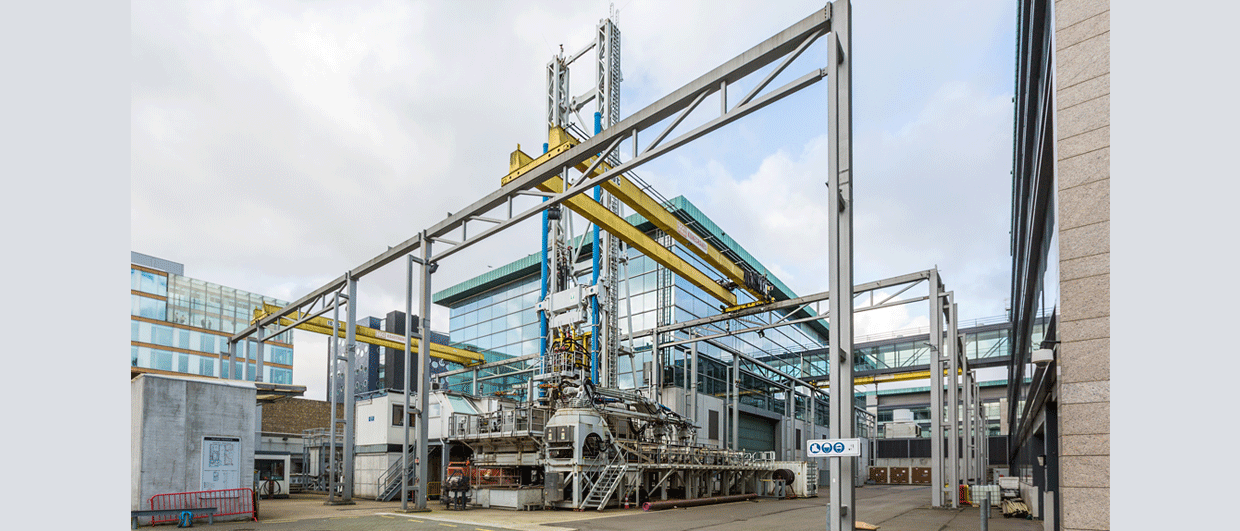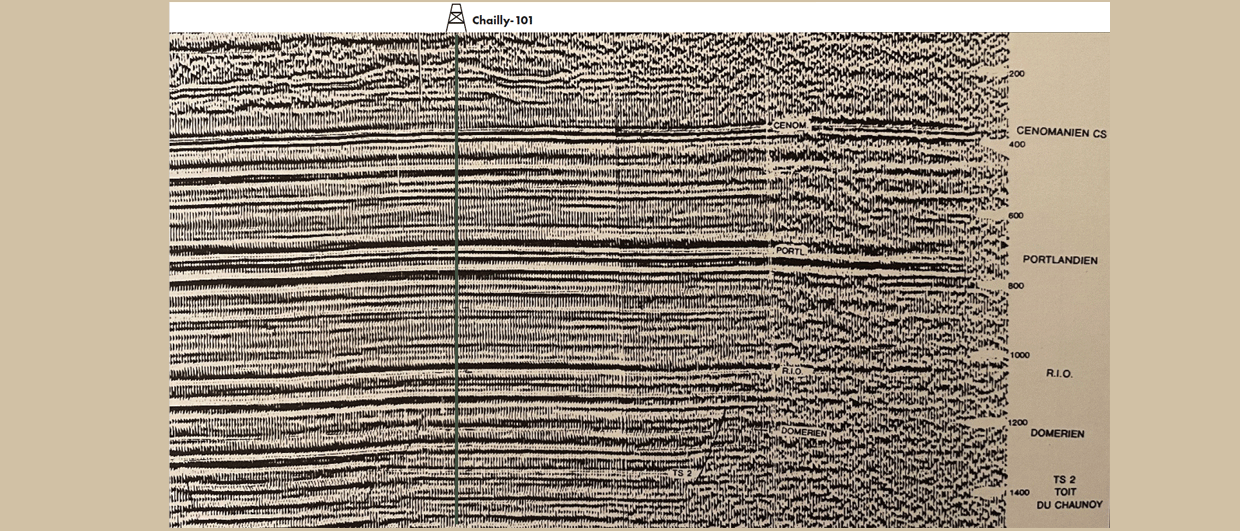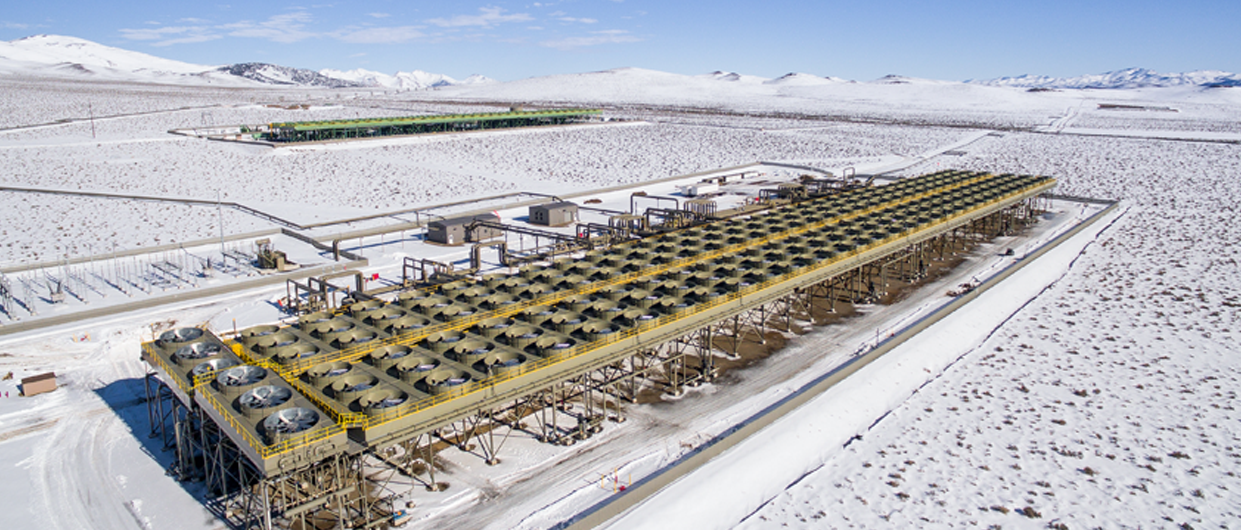“All cuttings brought to surface need to be shipped ashore when they are contaminated with oil-based mud (OBM)”, says Anita Hansen in a recent conversation. Anita has decades’ worth of well-site and operational experience and has seen supply vessels leave the rig loaded with containers stocked with cuttings to be processed and cleaned onshore.
“If a well is drilled using water-based mud (WBM), the cuttings can be disposed of directly into the sea, thereby reducing the amount of fuel needed to transport the cuttings by supply vessels”, argues Anita.
And that is not the only advantage of using WBM. Anita continues: “Because drilling is usually a little bit slower when using WBM, data acquisition is more exhaustive and tools achieve a higher resolution. This should not just be seen as a bonus; in some cases, it can provide a critical piece of information about the subsurface that is relevant for why the well was drilled in the first place.
More data
“Drilling a well should not be seen as a race to terminal depth but as a possibility to uncover the subsurface secrets that cannot be seen on seismic alone”, Anita continues.
“One of the reasons I joined the oil industry as a relative outsider,” says Anita, “was to cause changes from within the organisation, instead of just screaming from the outside.” With a degree in environmental protection, she was seen by some as joining the enemy when she embarked on her upstream career.
Asked if she was successfully pursuing change, she answers: “Yes, I hope so! It is probably thanks to my lobbying that Lundin drilled all its Utsira High exploration wells with WBM. At least up to 2018 when my involvement came to an end. And I was not alone; Hans Christen Rønnevik (exploration manager), Terje Kollien (petrophysicist) and our drilling manager Johan Bysveen all understood the benefits of using WBM.
..it is the mindset that is the problem, not the mud
The claim that WBM is problematic when swelling clays are encountered is not true according to Anita. “With focus on hole cleaning and maintaining good mud properties, the experience from the Utsira High wells shows that in vertical and sub-vertical wells it is the mindset that is the problem, not the mud“, she says.
Recycling
Since OBM is more expensive than WBM, there is a tendency to re-use OBM more than WBM – even though recycling of the latter also takes place. “We were drilling a well in the Barents Sea”, Anita says, “and found bugs in the samples that were typically found in the Viking Graben. These must have travelled to the Barents Sea in the mud.” Even formation fluids can transfer from one well to the other. ”We saw false shows of condensate that had made its way from one borehole into the next”, Anita further explains.
In a way, it is understandable why there is still a tendency to drill wells using OBM. The main reason is that drillers are not the biggest fans of WBM. It slows the drilling process because of a lower rate of penetration and requires a little more maintenance.
However, given that Lundin drilled all their Utsira High exploration wells using WBM shows that it is possible to do and that in certain cases, with the right mindset, a change to a more environmentally conscious way of drilling is certainly possible.
“I am the last one to say that OBM is a thing of the past”, Anita continues. “When a well is deviated, for instance a high angle side-track or a development well, OBM is still required to get the cuttings out in an efficient way, but as long as a well is vertical, there are so many advantages to using WBM!”
And with such a strong focus on data when it comes to drilling exploration wells, using WBM should really be a no-brainer”, Anita concludes.





